Iran is a country rich in cultural heritage and historical significance, boasting a remarkable collection of UNESCO World Heritage Sites. These sites are a testament to Iran’s ancient civilizations, architectural marvels, and diverse natural landscapes. In this visual tour, we will explore a selection of Iran’s UNESCO World Heritage Sites, delving into their historical importance, architectural splendor, and cultural significance. From ancient ruins and grand mosques to breathtaking gardens and awe-inspiring palaces, each site offers a unique glimpse into Iran’s past and its enduring legacy. Here are some well-known UNESCO World Heritage Sites in Iran.
Persepolis


One of Iran’s most famous UNESCO World Heritage Sites is Persepolis, located in Shiraz, Iran.
- Explore the enigmatic Achaemenid Empire capital that is tucked very close to Shiraz.
- Discover the mysteries of Persepolis, a monument to the might and majesty of the Persians.
- Explore the vast complex and be astounded by the stunning remains.
- Be in awe of the grand stairs, each one whispering stories of ceremonial rituals from long ago.
- Take in the finely carved reliefs, which bring historical artwork to life.
- Gaze in astonishment at the massive columns, which are towering examples of exquisite architectural design.
Pasargadae


As we continue on our journey, we reach Pasargadae, another UNESCO World Heritage Site in Shiraz, Iran, and the cradle of the Achaemenid Empire.
- Uncover the final resting place of Cyrus the Great, the founder of the Persian Empire.
- Stand in awe of the majestic Mausoleum, a testament to the legacy of an empire.
- Explore the remnants of the Audience Hall, where ancient rulers once held court.
- Step through the Gate of All Nations and immerse yourself in the grandeur of the past.
- For history aficionados, Pasargadae is an essential destination, offering architectural integrity and profound historical relevance.
- Embark on a journey through time and witness the enduring impact of an ancient civilization.
Bisotun
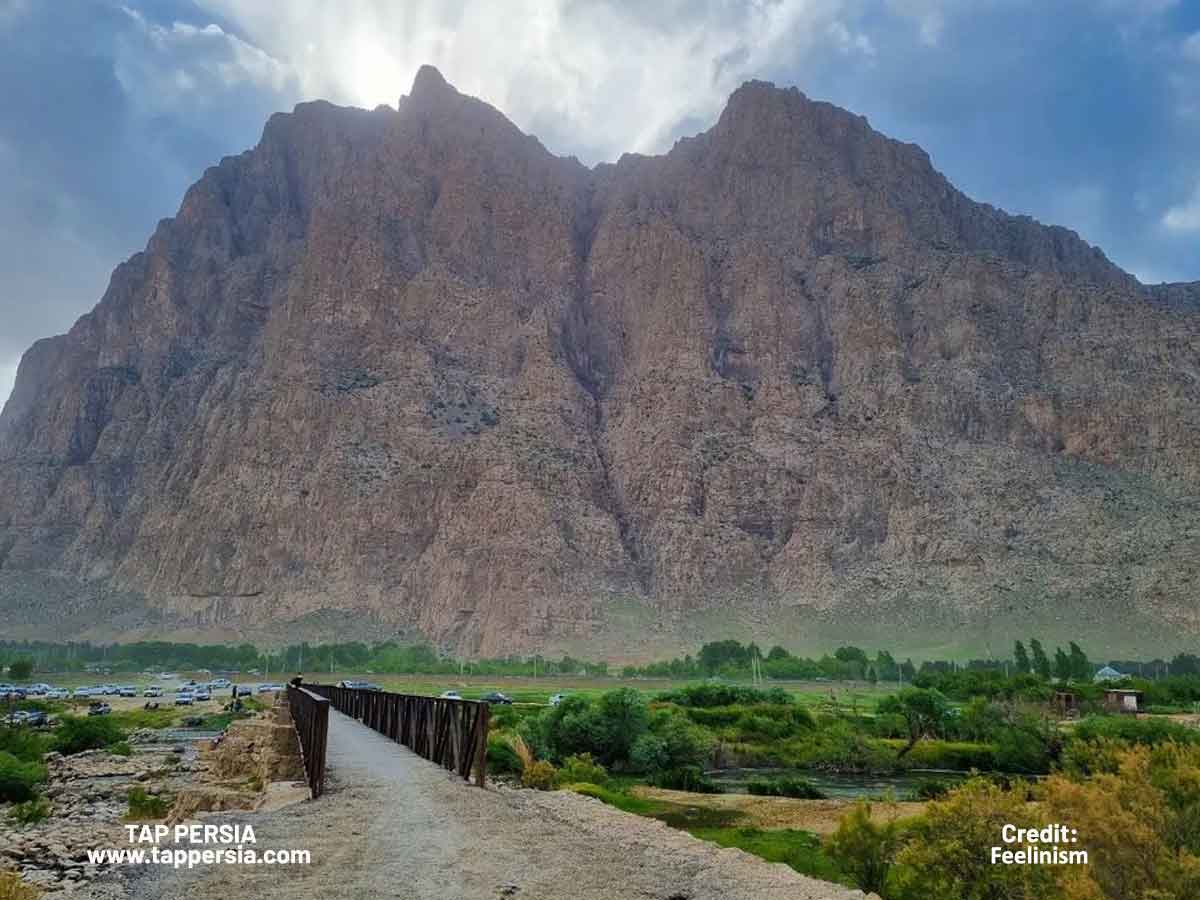
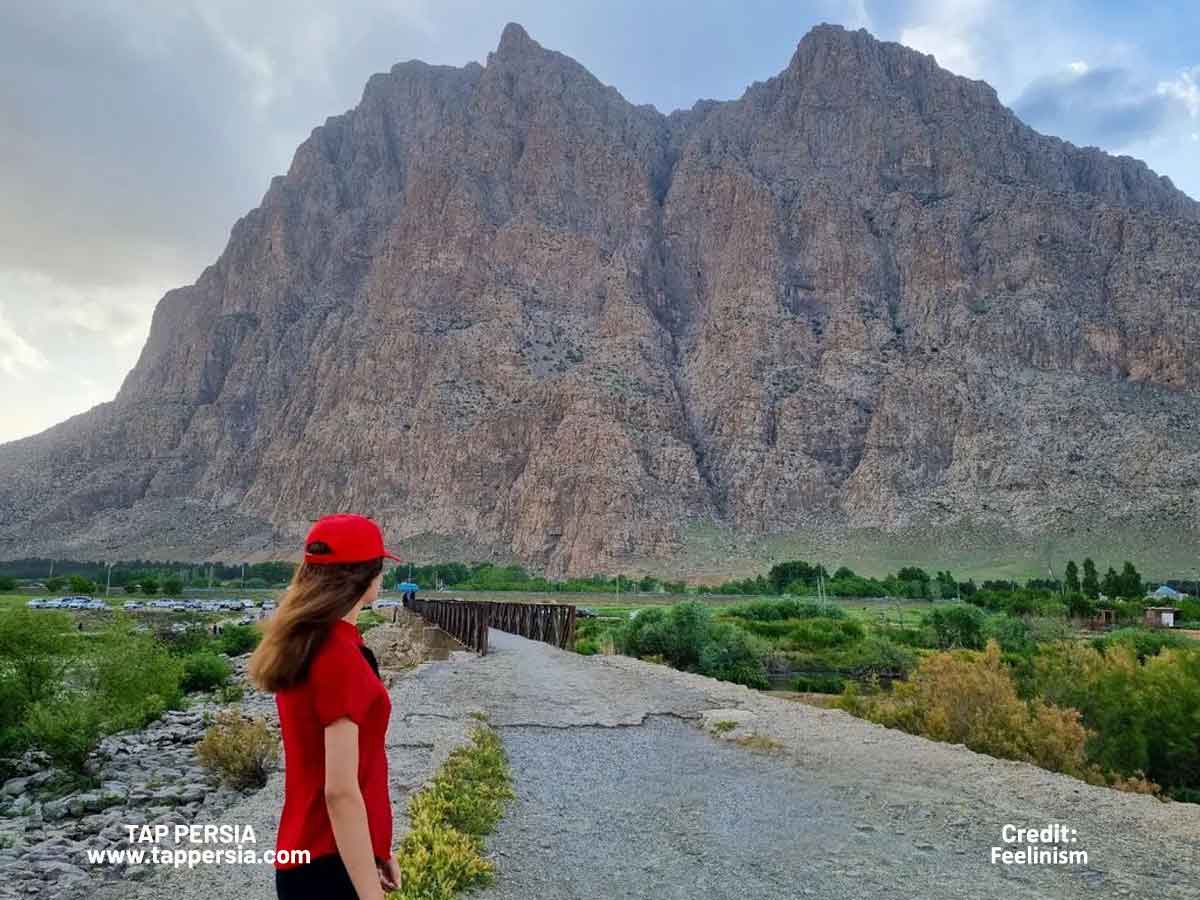
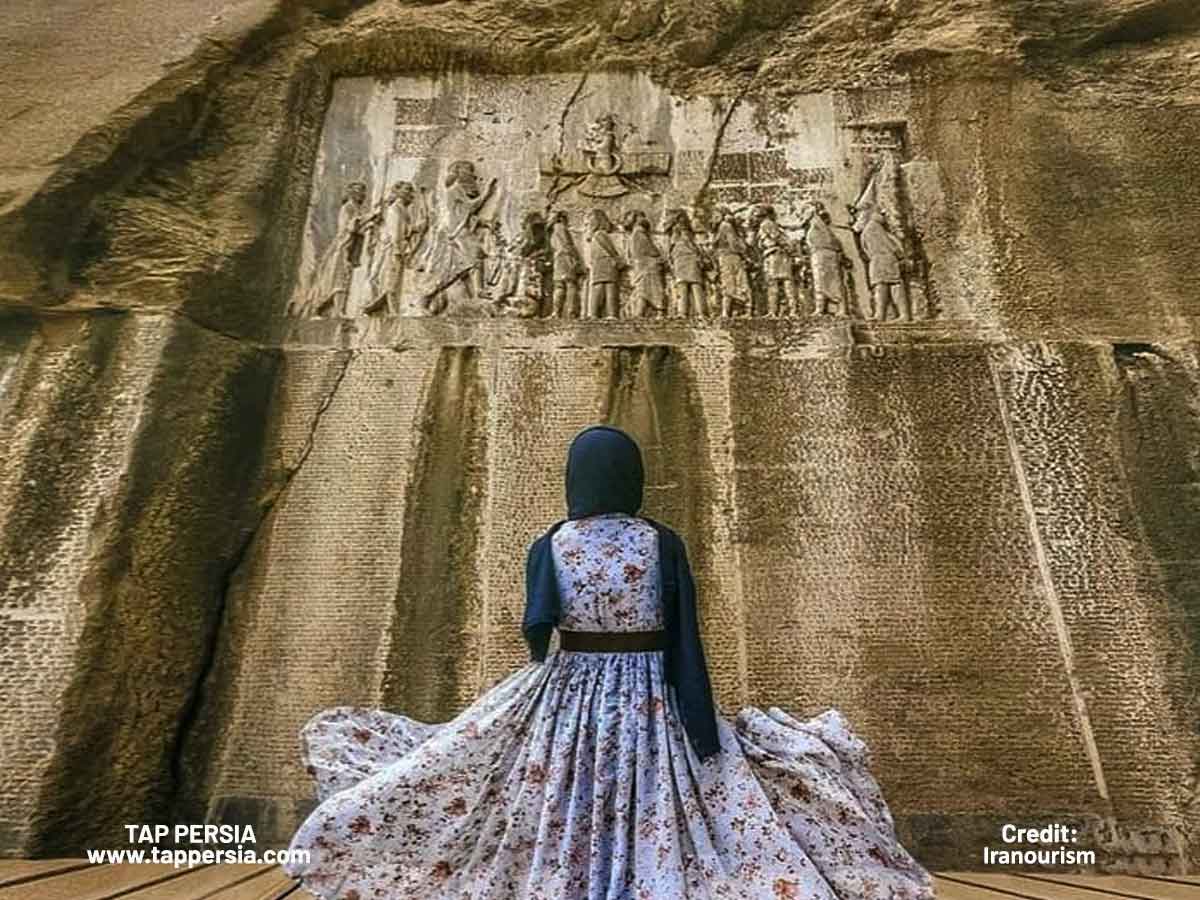
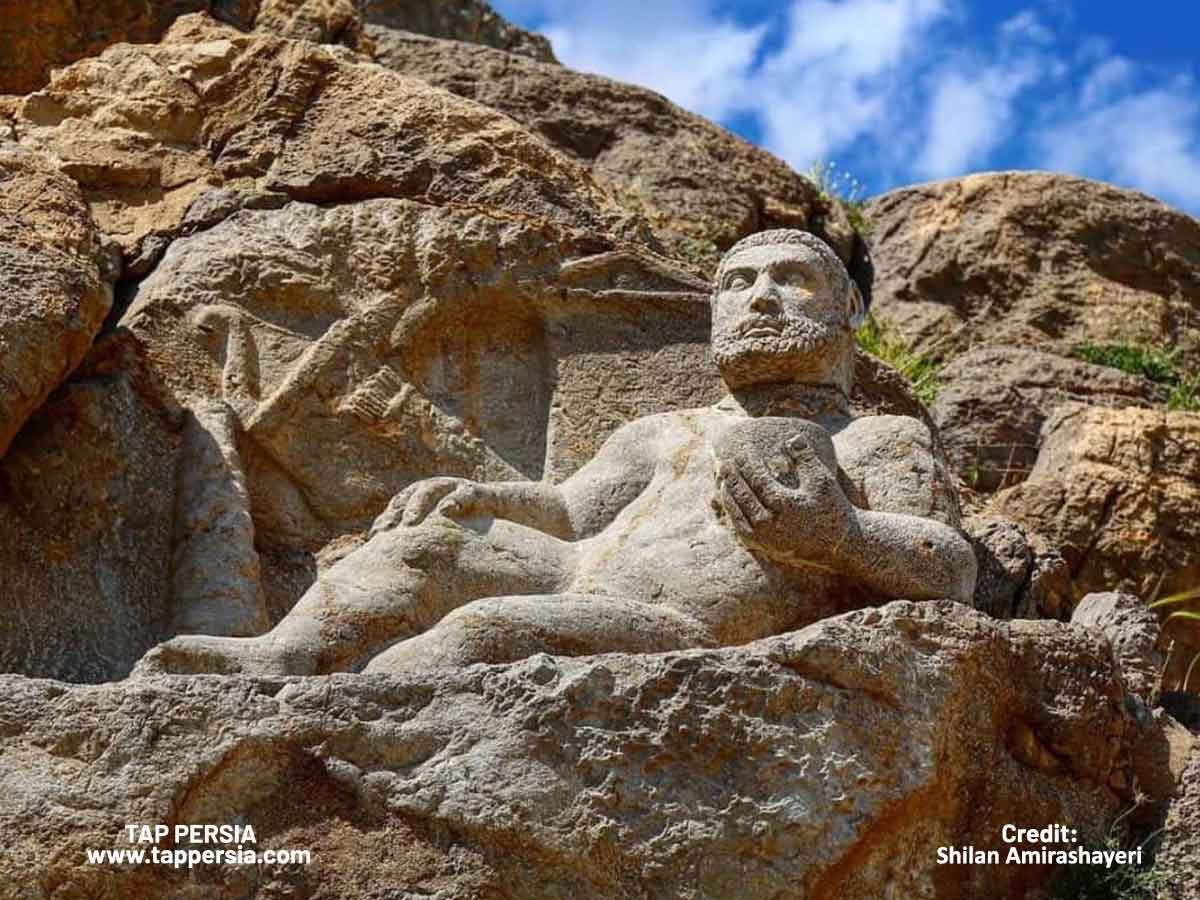
Iran’s Bisotun is a remarkable UNESCO World Heritage Site that is situated in the country’s western region.
- Uncover the secrets of an enormous rock sculpture that holds the echoes of the Achaemenid period.
- Witness captivating images of King Darius I and scenes depicting his triumph over rebellious tribes.
- Delve into the inscriptions etched onto the rock, revealing crucial historical details of the mighty Achaemenid Empire.
- Encounter a linguistic tapestry as the inscriptions feature Old Persian, Elamite, and Babylonian languages.
- Explore Bisotun, not only as a work of art but also as a significant archaeological site that unveils the politics and history of ancient Persia.
Shahr-e Sokhteh

The historic city of Shahr-e Sokhteh, also known as the “Burnt City”, is located in southeast Iran.
- Uncover the secrets of an ancient city that has stood the test of time and become a UNESCO World Heritage Site.
- Journey back to the third millennium BCE and witness the urban life of one of the oldest civilizations in existence.
- Explore the remarkable archaeological excavations at Shahr-e Sokhteh, offering valuable insights into the social, economic and technological advancements of the time.


- Marvel at the discovery of ancient treasures, from sophisticated jewelry to intricately crafted pottery, revealing the artistic prowess of prehistoric residents.
- Prepare to be amazed by the most astonishing find—a glimpse into ancient medical practices with the discovery of the earliest known artificial eyeball.
- Delve into the mysteries of this ancient city and gain a deeper understanding of the remarkable achievements and daily lives of its inhabitants.
Bam and its Cultural Landscape



In Iran’s historic city of Bam and its Cultural Landscape, a UNESCO World Heritage Site, we come upon it as we move east.
- At Bam, discover the unique coexistence of human settlement with the natural environment.
- Learn more about the approximately 2,000-year-old walled city’s mysteries.
- As you see the mud-brick dwellings and walls, be amazed by the inventiveness of its designers.
- Recognize Bam’s importance as a thriving Silk Road commercial center.
- Explore the remarkable nexus of trade, architecture and culture in this mysterious city.
Gonbad-e Qabus
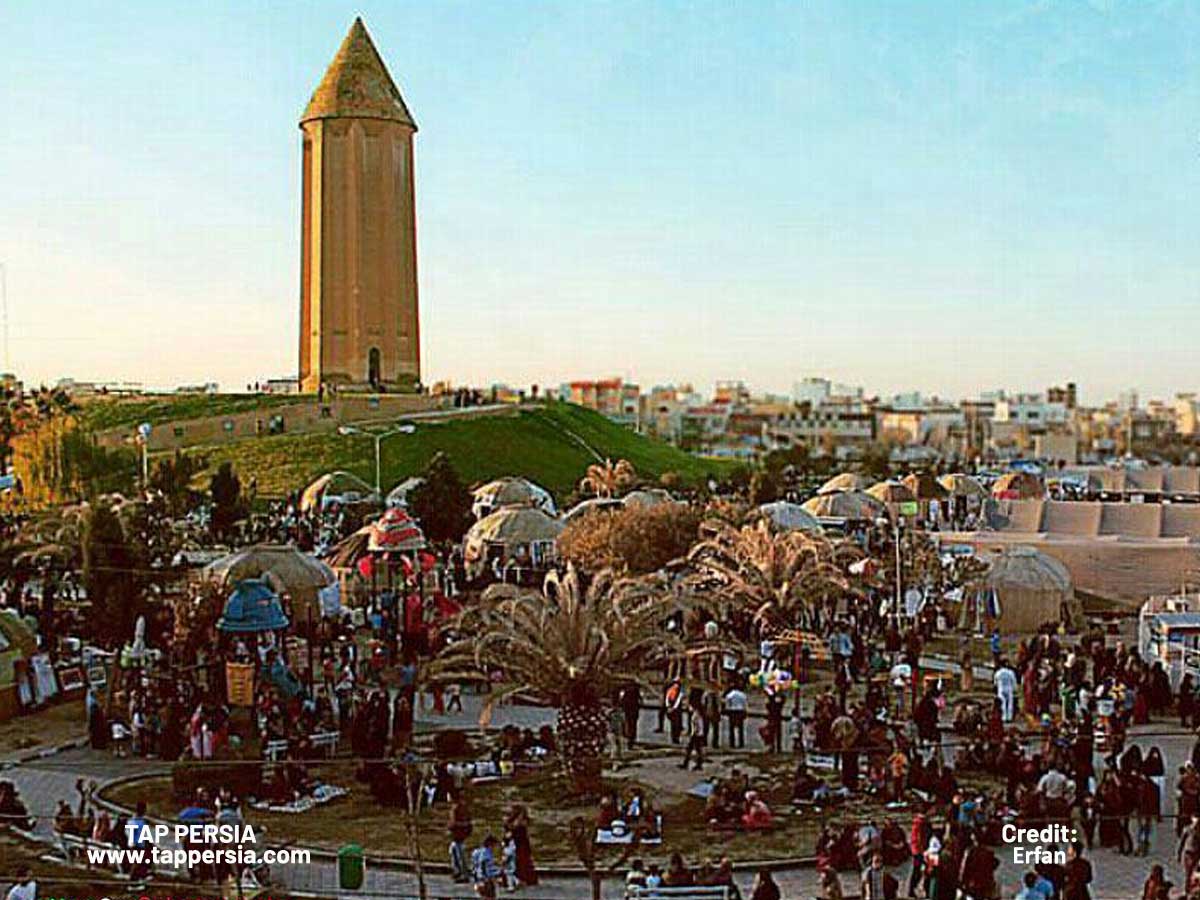

Venturing north, we encounter the striking Gonbad-e Qabus, a UNESCO World Heritage Site located in the Golestan province, Iran.
- Behold the awe-inspiring sight of a towering cylindrical tower, a true masterpiece of Iranian architecture.
- Journey back in time to the 11th century and witness the enduring legacy of skilled craftsmen.
- Marvel at the intricate brickwork that adorns the structure, a testament to the artistry of the era.
- Get lost in the mesmerizing geometric patterns that adorn every corner, reflecting the region’s rich cultural heritage.
- Decipher the ancient Kufic inscriptions that tell tales of a bygone era and add an air of mystery to the masterpiece.
- Prepare to be captivated by the symphony of art and history woven into this architectural gem.
Choghazanbil Ziggurat
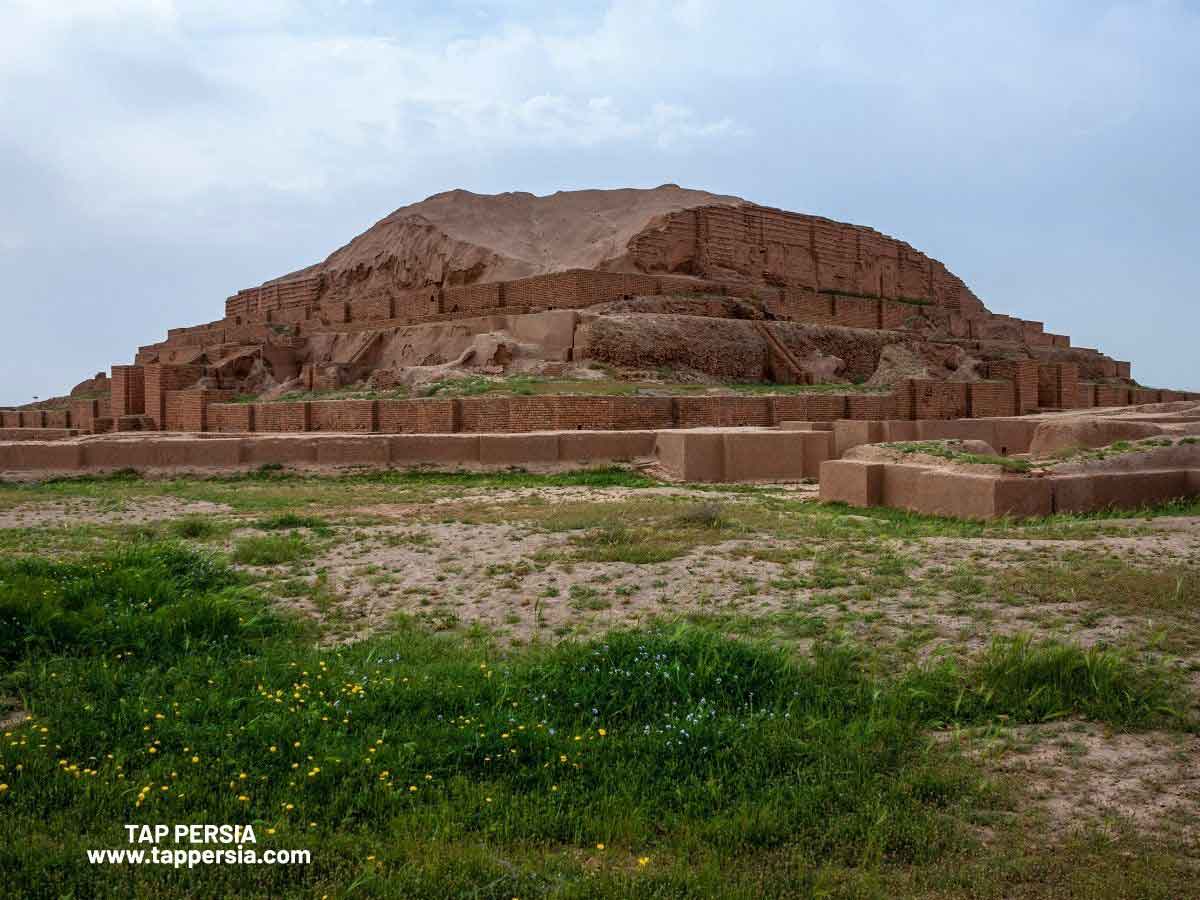
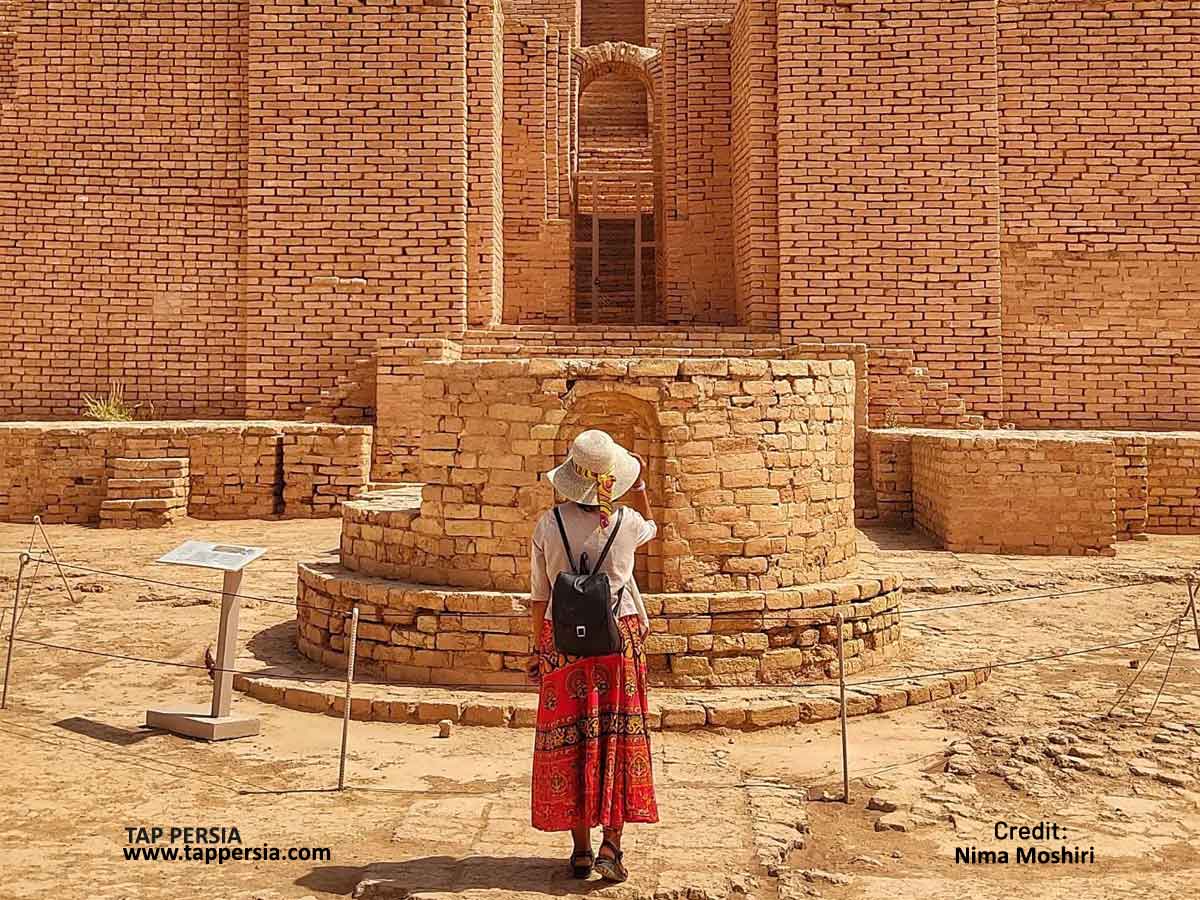
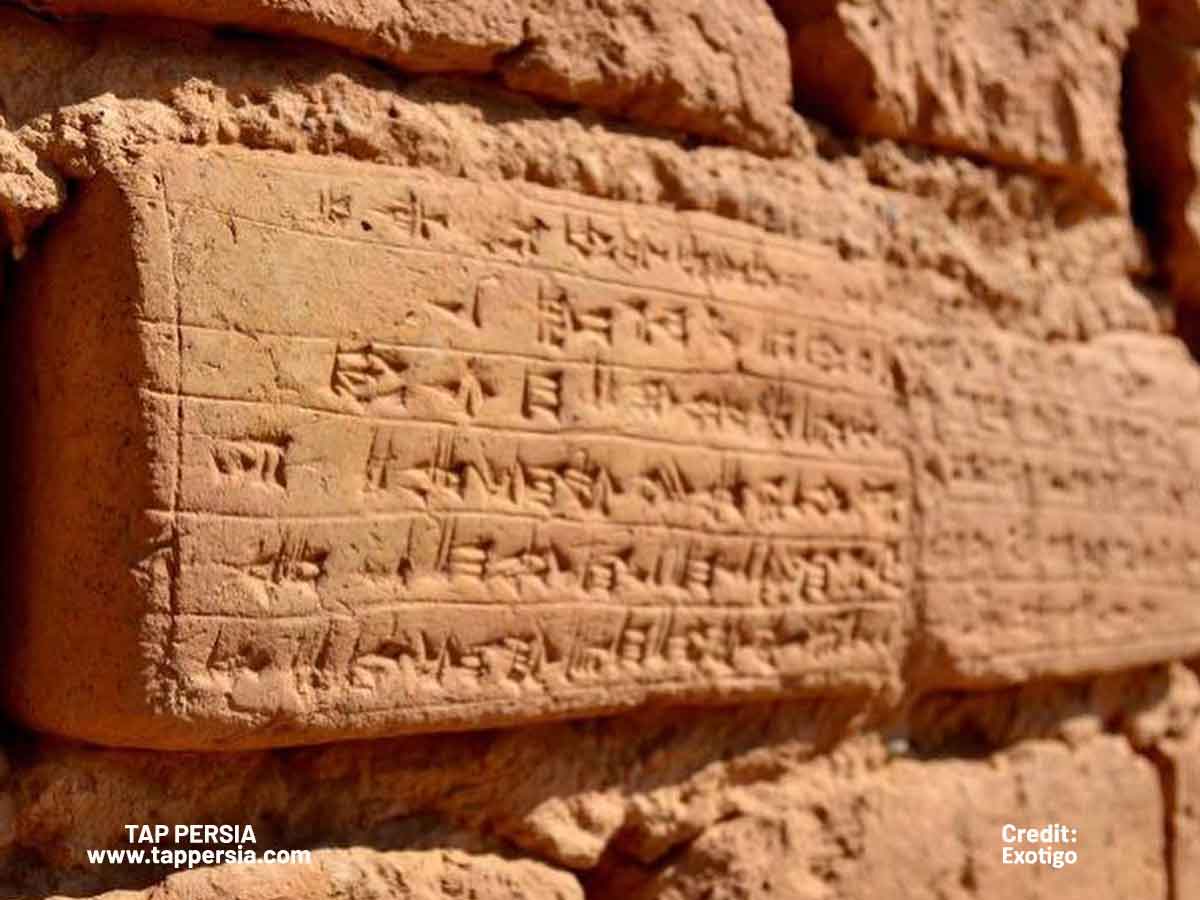
The Choghzanbil ziggurat is a remarkable architectural wonder located in the Khuzestan province of Iran.
- Step into the ancient world as you explore a UNESCO World Heritage Site that dates back to the Elamite period, over 3,000 years ago.
- Behold the awe-inspiring sight of one of the oldest surviving ziggurats in the world, rising proudly from the landscape.
- Marvel at the stepped pyramid structure with its three main levels, culminating in a sacred temple at its summit.
- Uncover the secrets of intricate mud-brick construction, a testament to the architectural prowess of the ancient Elamite civilization.
- Explore the religious significance of the site, offering a window into the spiritual practices of an ancient era.
Lut Desert
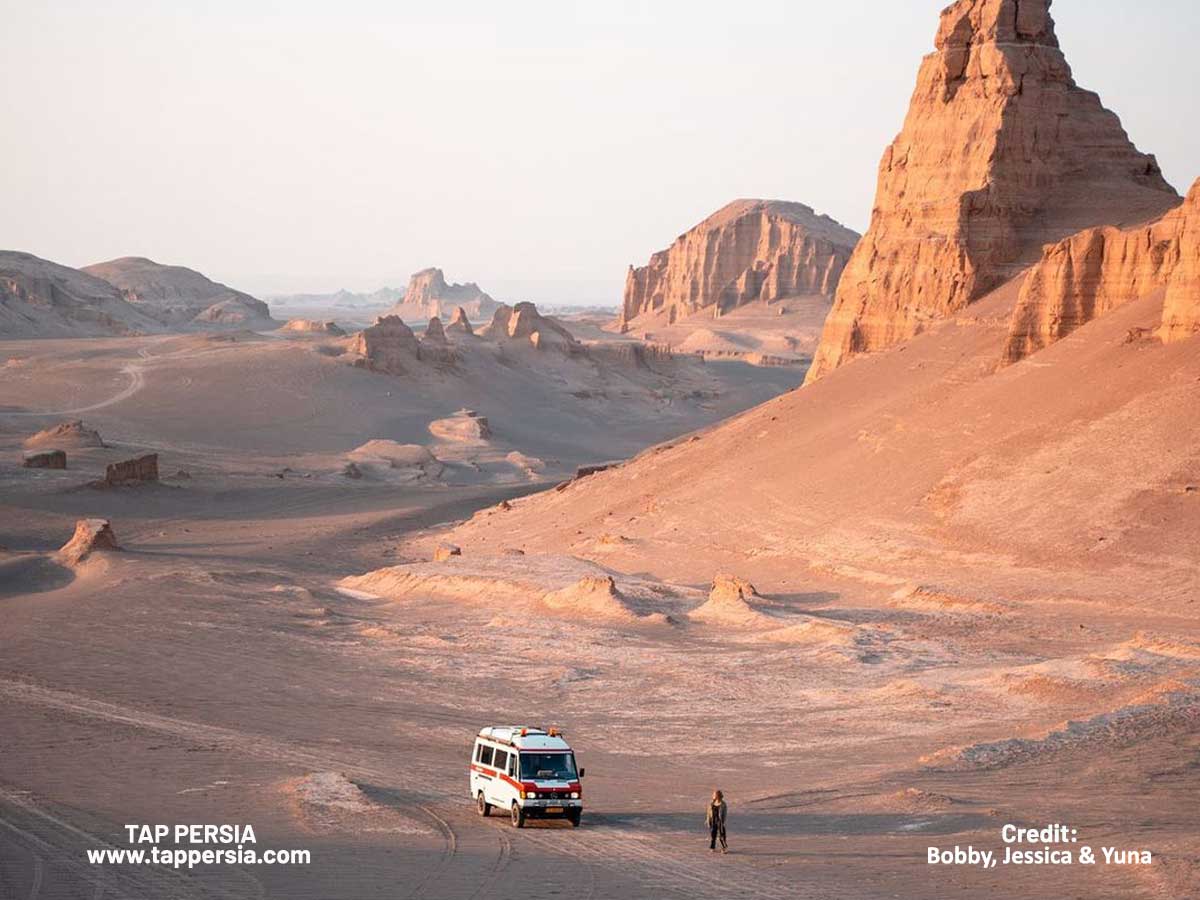
As we move towards the southeast, we come across the captivating Lut Desert, which is recognized as a UNESCO World Heritage Site for its surreal scenery.
- Experience the awe-inspiring beauty of an enormous desert, where nature’s artistic hand has shaped the landscape over countless millennia.
- Behold the mesmerizing sight of huge sand dunes, salt plains and the captivating Yardangs—naturally carved ridges and canyons—unveiling the desert’s geological wonders.
- Venture into one of the hottest regions on Earth, the Lut Desert, where the extreme temperatures bear witness to the immense natural forces at play.
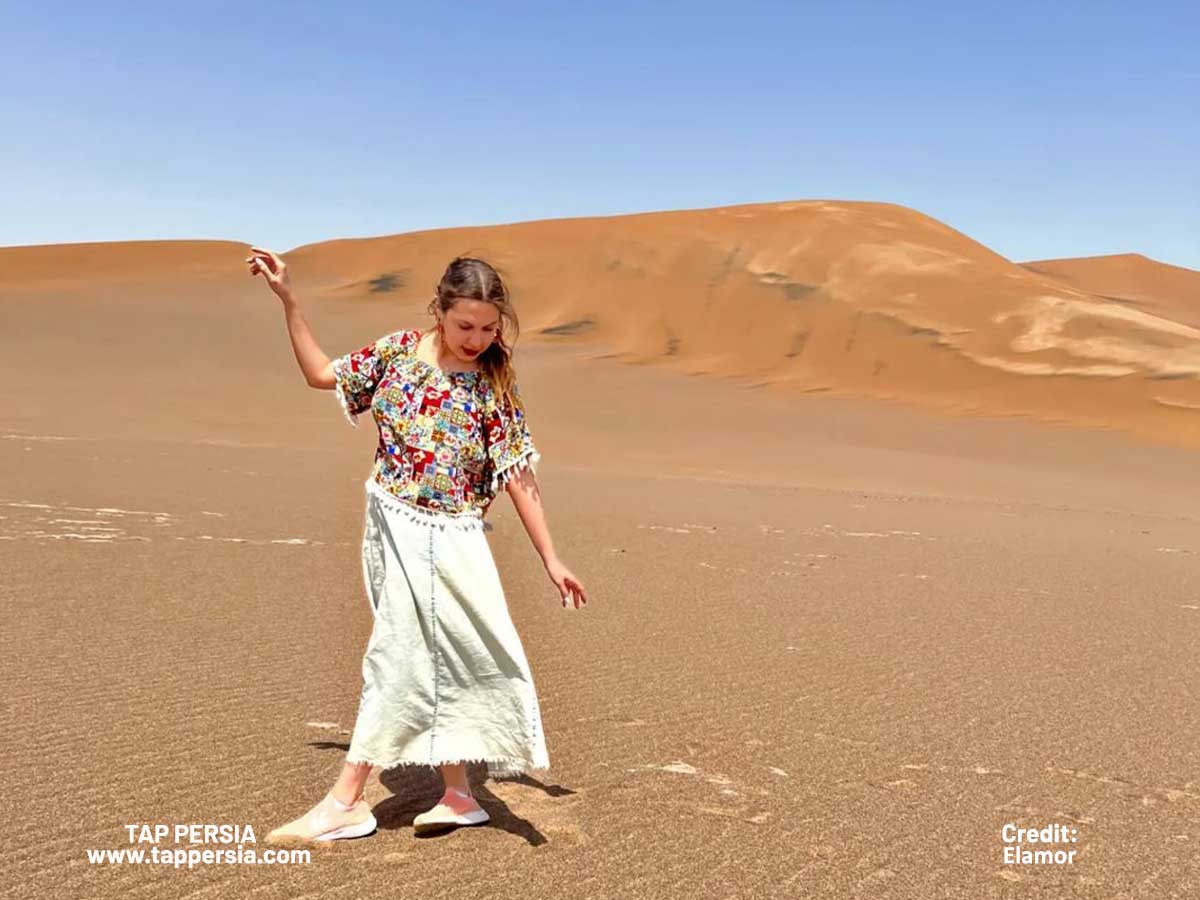
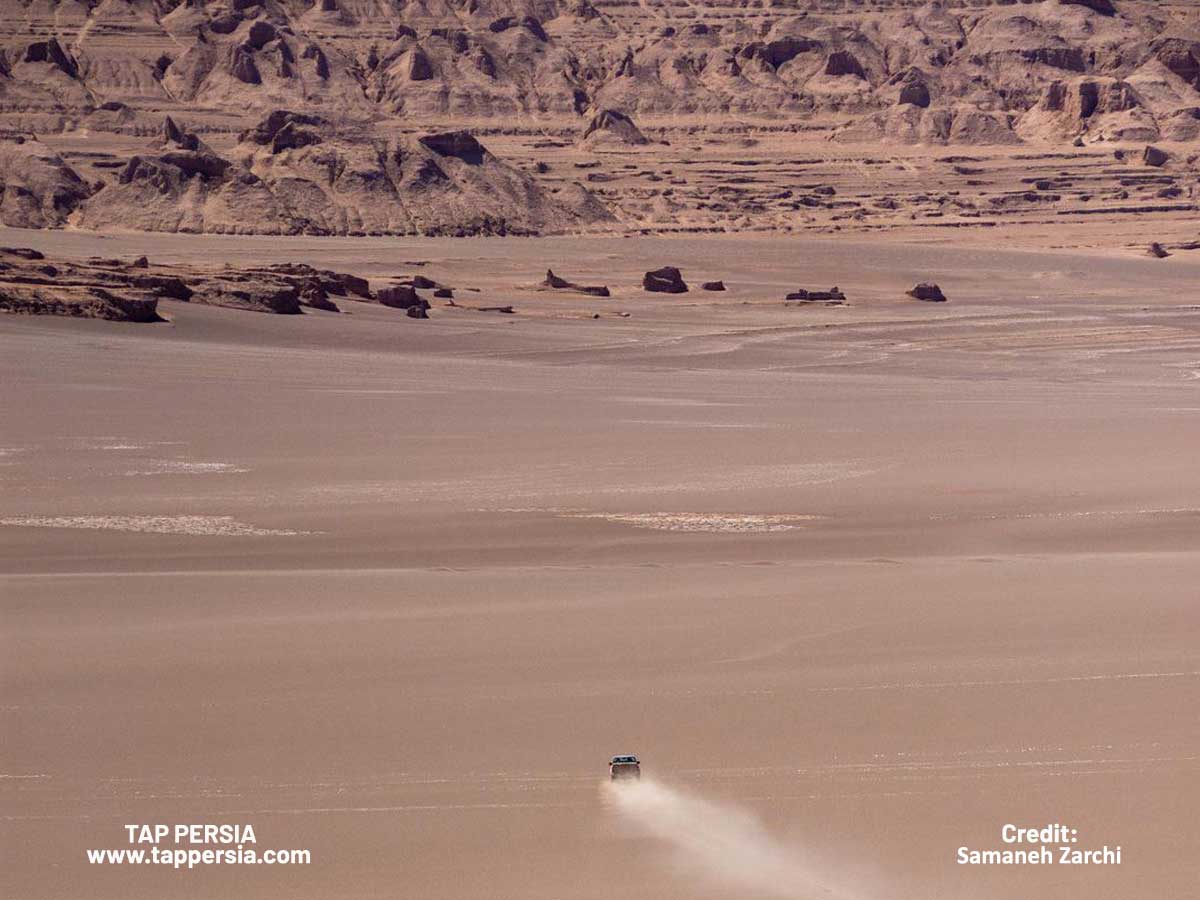
- Embark on a journey through time as you witness the evidence of millions of years of geological sculpting, providing a glimpse into the Earth’s ancient history.
- Explore the solitude and grandeur of this untamed desert, offering a rare opportunity to witness the raw and untouched beauty of Iran’s natural landscapes.
- Prepare to be captivated by the vastness and serenity of the Lut Desert, a true testament to the extraordinary power of nature.
Cultural Landscape of Maymand
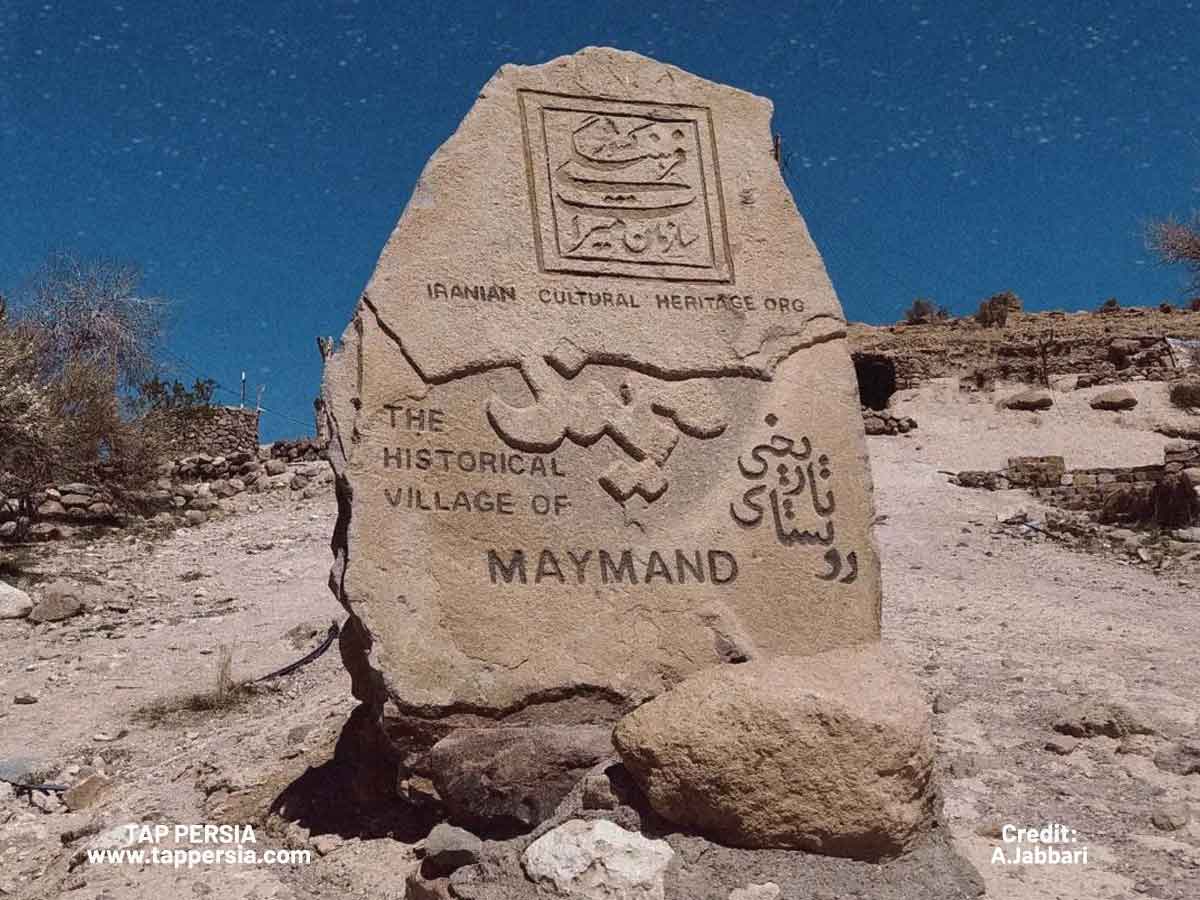
Iran’s Kerman region is home to the distinctive UNESCO World Heritage Site known as the Cultural Landscape of Maymand.
- Embark on a journey through time as you explore a long-inhabited ancient settlement that has stood for over 2,000 years.
- Discover the remarkable cave shelters of Maymand, carved into soft rock formations, serving as homes for generations.
- Witness the close bond between people and their environment, as reflected in these traditional homes that provide both shelter and a testament to sustainable living.
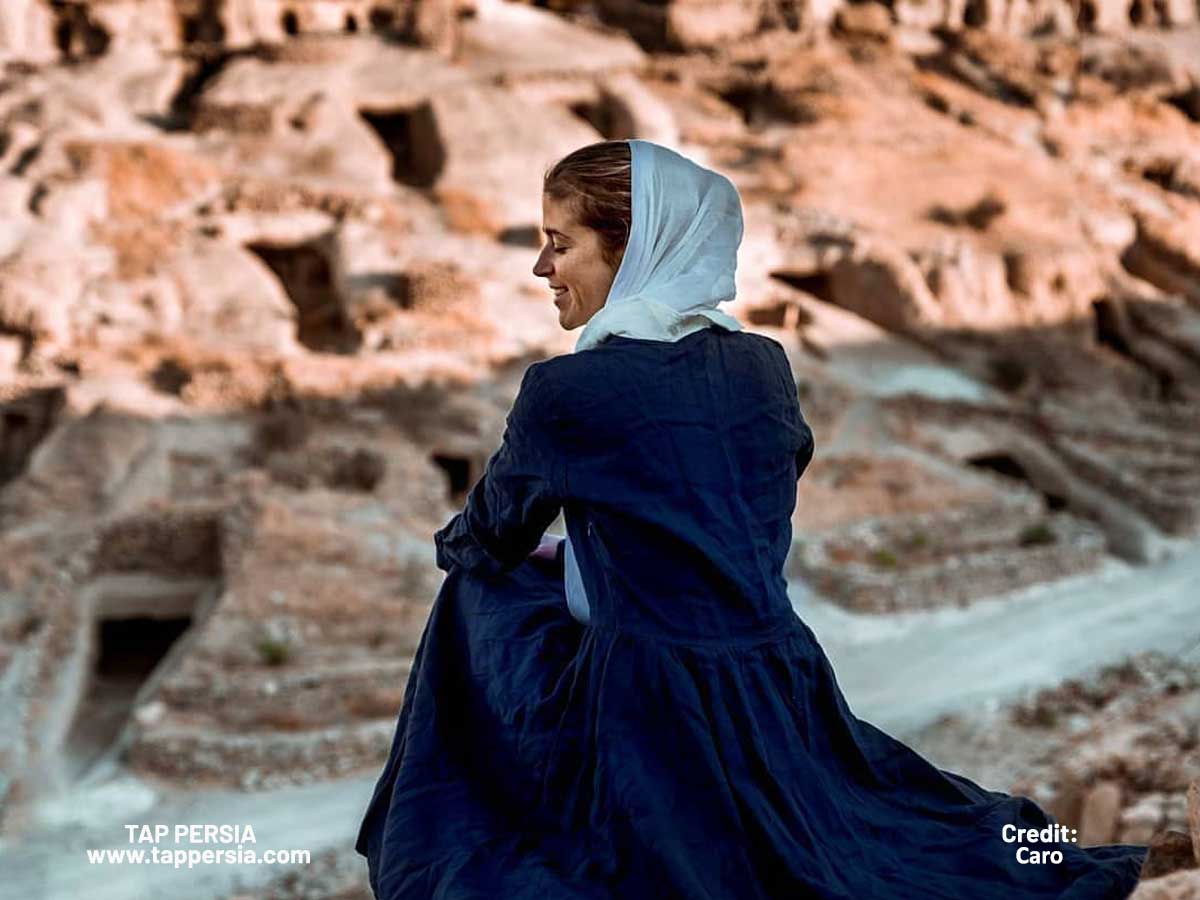
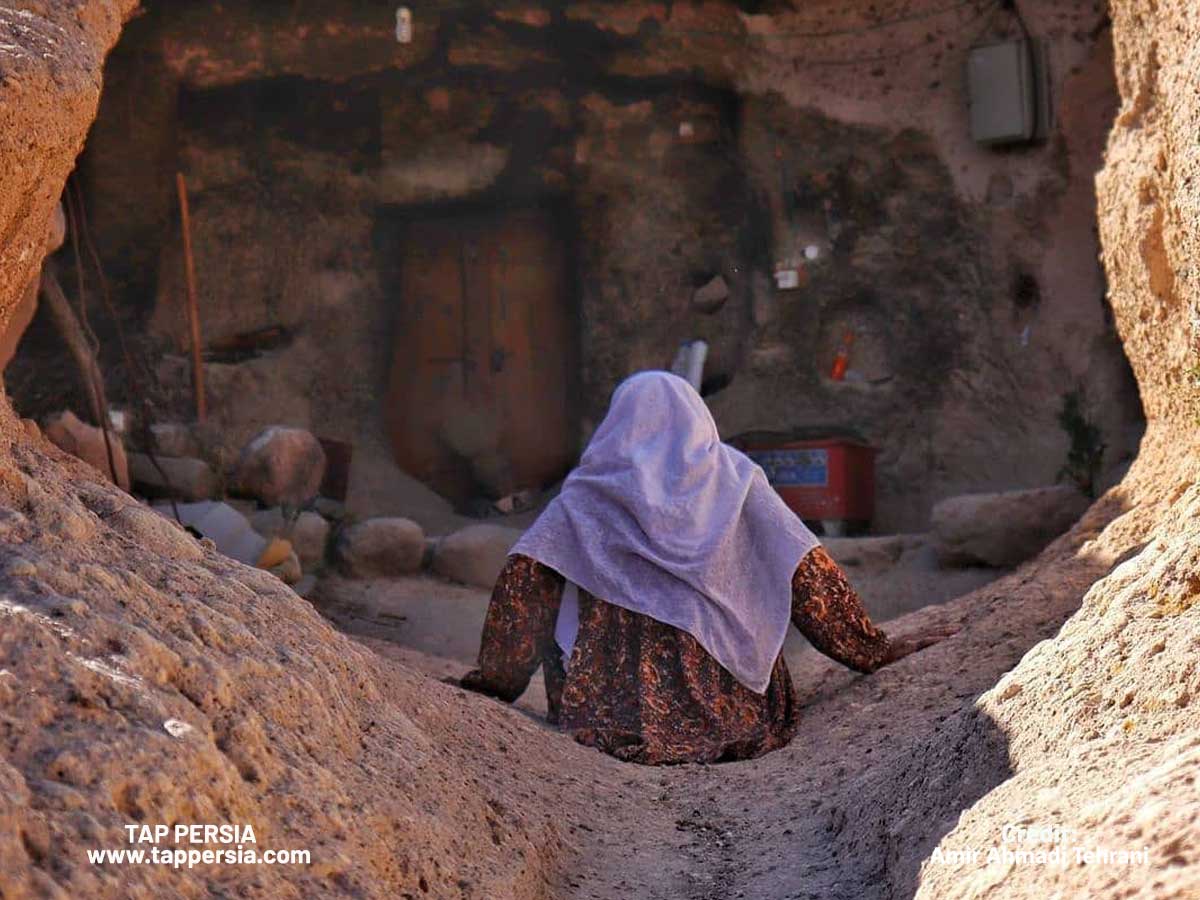
- Immerse yourself in the cultural environment of the hamlet, where terraced farms, qanat water management systems, and prehistoric rock art paint a vivid picture of harmonious cohabitation between humans and nature.
- Uncover the secrets of this remote and alluring region of Iran, where a rich history and peaceful coexistence with the natural world converge.
- Prepare to be captivated by the enduring legacy of Maymand, where ancient traditions and a sustainable way of life have stood the test of time in this captivating corner of the world.
Hyrcanian Forests
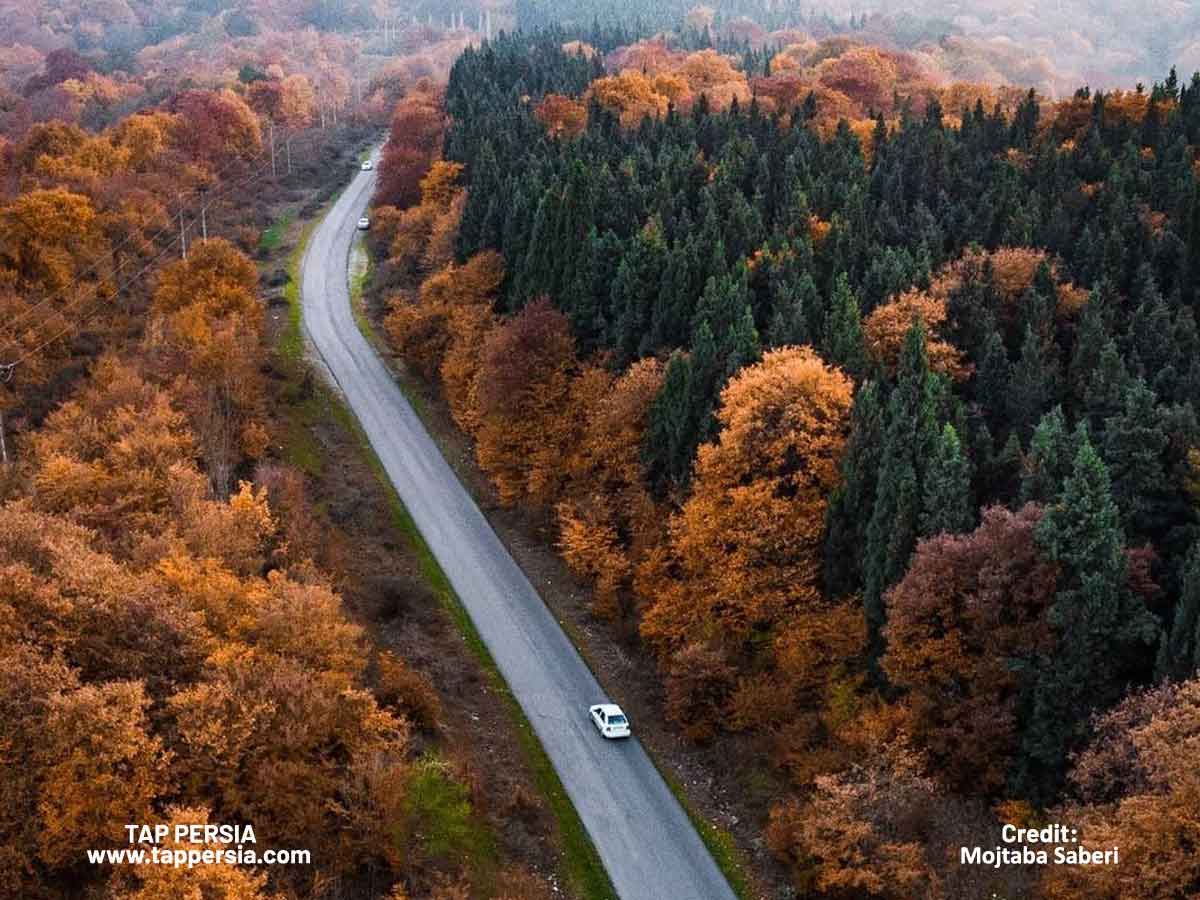
Along Iran’s southern Caspian Sea coast are the Hyrcanian Forests, which are a protected natural area and a UNESCO World Heritage Site.
- Embark on a journey into the depths of time, exploring ancient woods that have flourished for over 50 million years, standing as a testament to nature’s enduring legacy.
- Discover the rare and enchanting world of the Hyrcanian Forests, one of the last remaining temperate rainforests on Earth, defying the passage of time.
- Marvel at the mind-boggling biodiversity that thrives within these mystical woods, where a vibrant tapestry of flora and fauna unveils the secrets of evolution’s masterpiece.
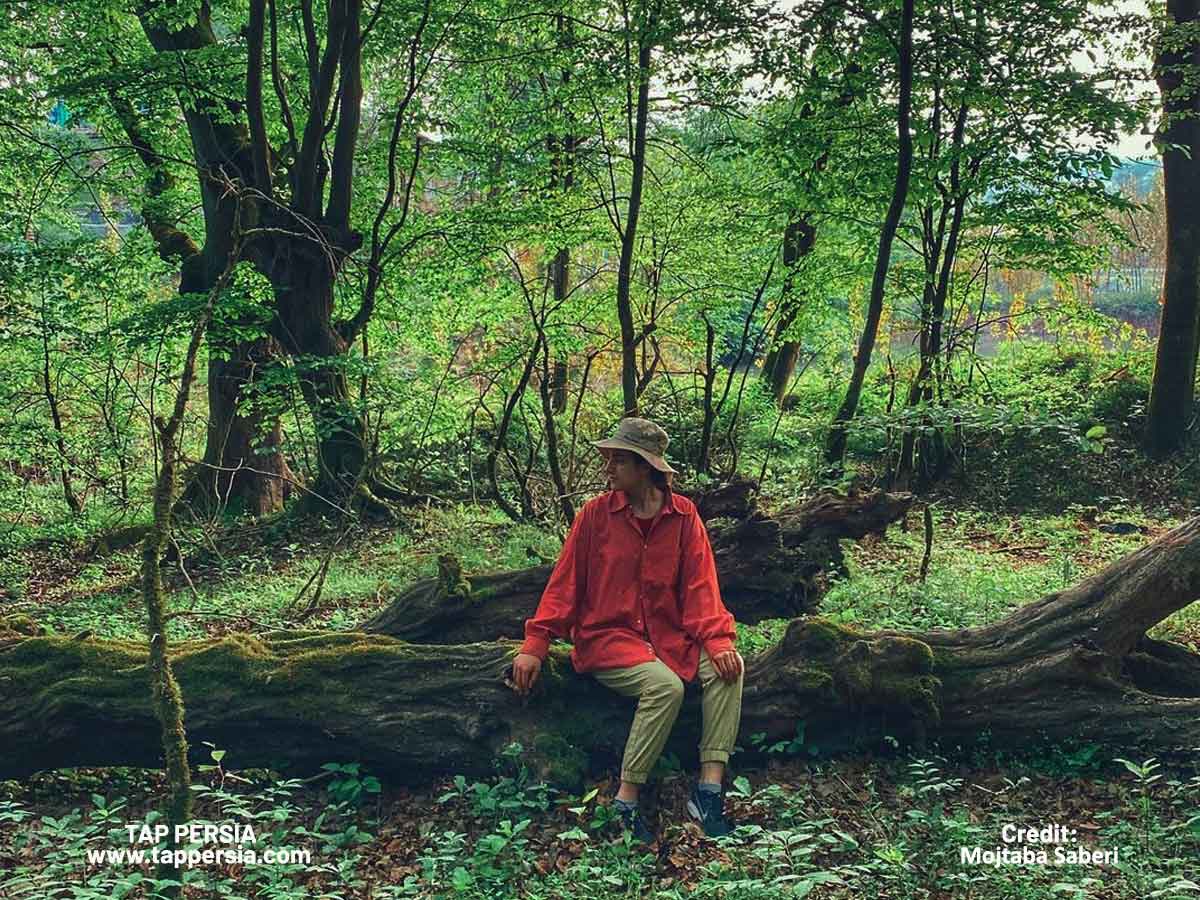
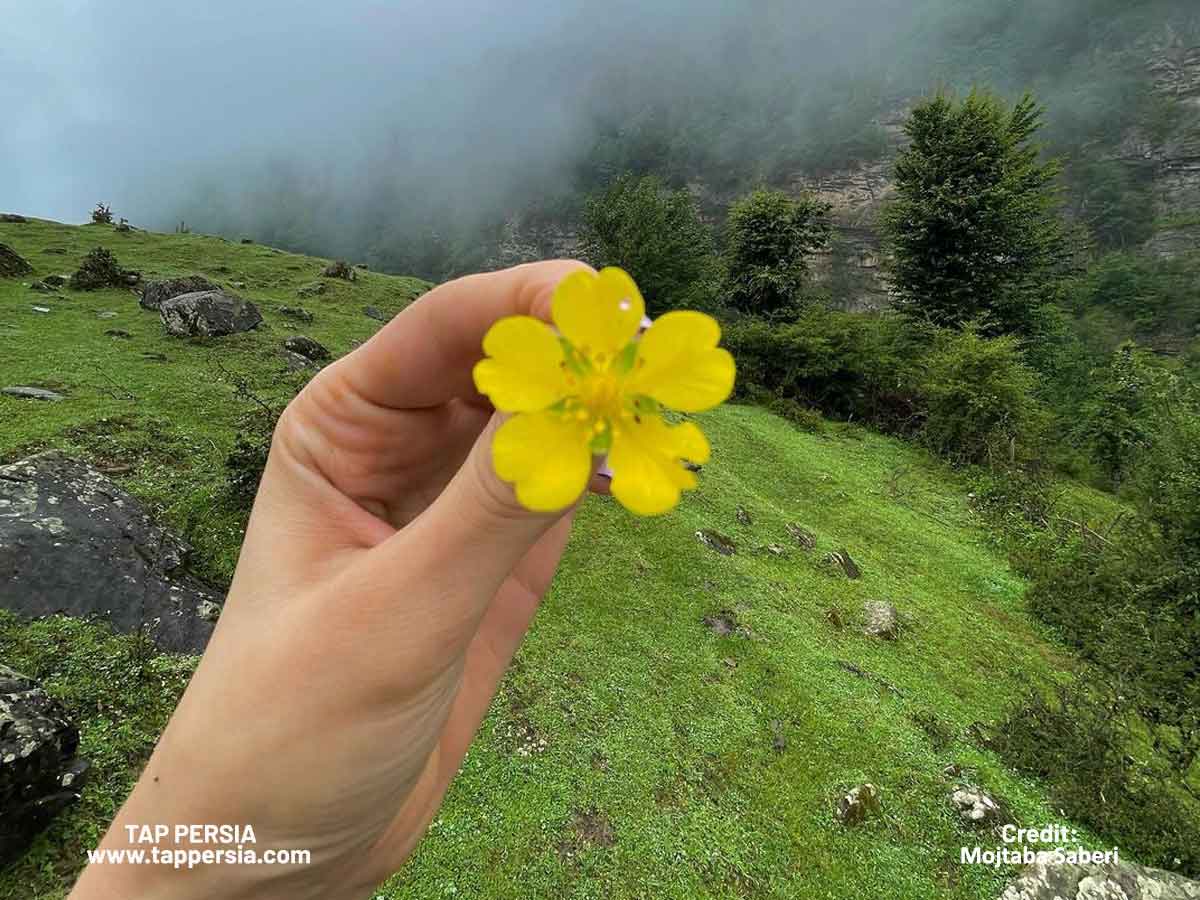
- Enter a sanctuary where majestic trees, lush flora and diverse ecosystems intertwine, creating a haven for animals and fostering essential ecological services.
- Recognize the urgent need to protect the precious Hyrcanian Forests, safeguarding Iran’s natural heritage and ensuring the preservation of global biodiversity.
- Join the vital mission to preserve these ancient woods, for within their embrace lies a priceless treasure that connects us to the wonders of our planet’s past and sustains the delicate balance of our shared future.
Takht-e Soleyman
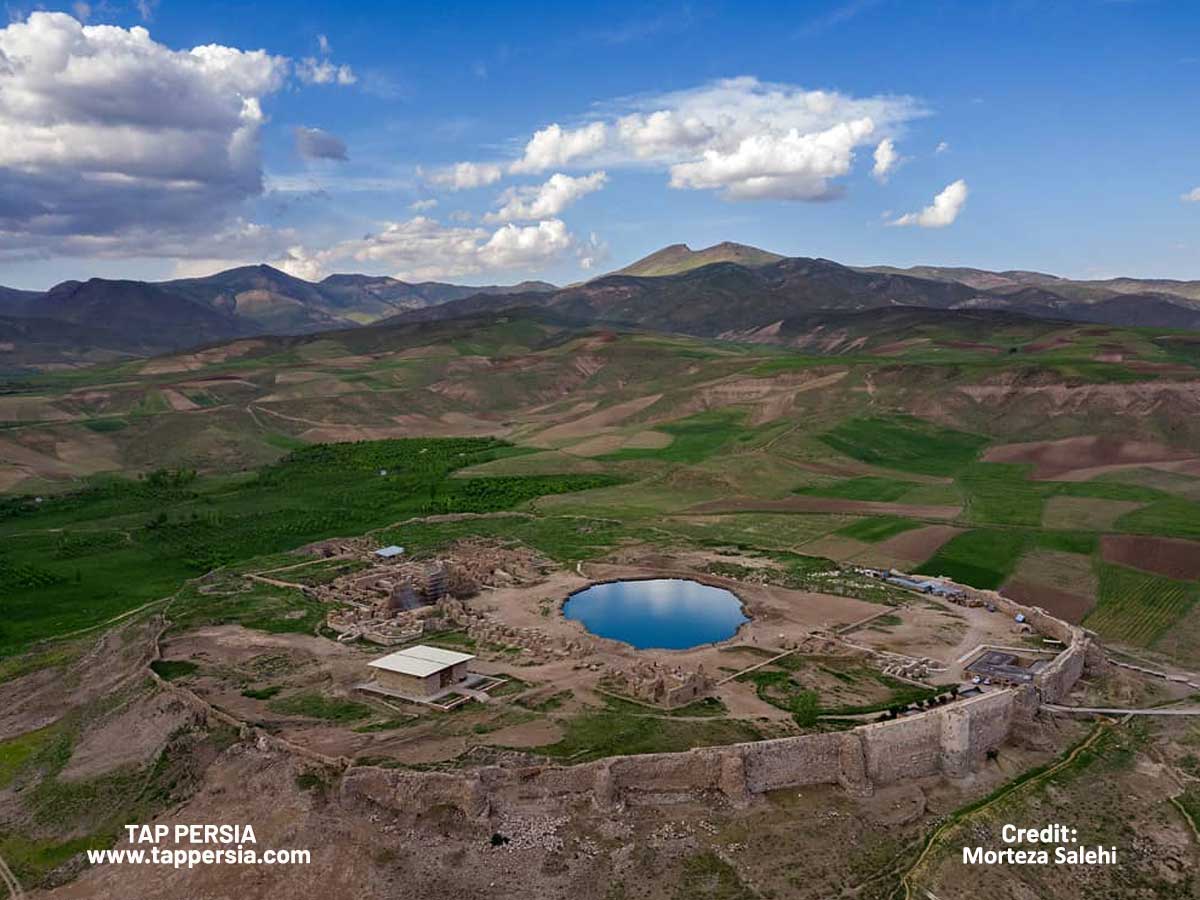
Takht-e Soleyman, known as the Throne of Solomon, is a captivating UNESCO World Heritage Site situated in northwest Iran.
- Step into the remnants of an ancient Zoroastrian sanctuary and a fortified Sassanian-era palace, where history and mystique intertwine.
- Be captivated by the awe-inspiring Zendan-e Soleyman (Solomon’s Prison), a massive crater lake at the heart of the site, shrouded in legends and adding to the site’s mystical allure.
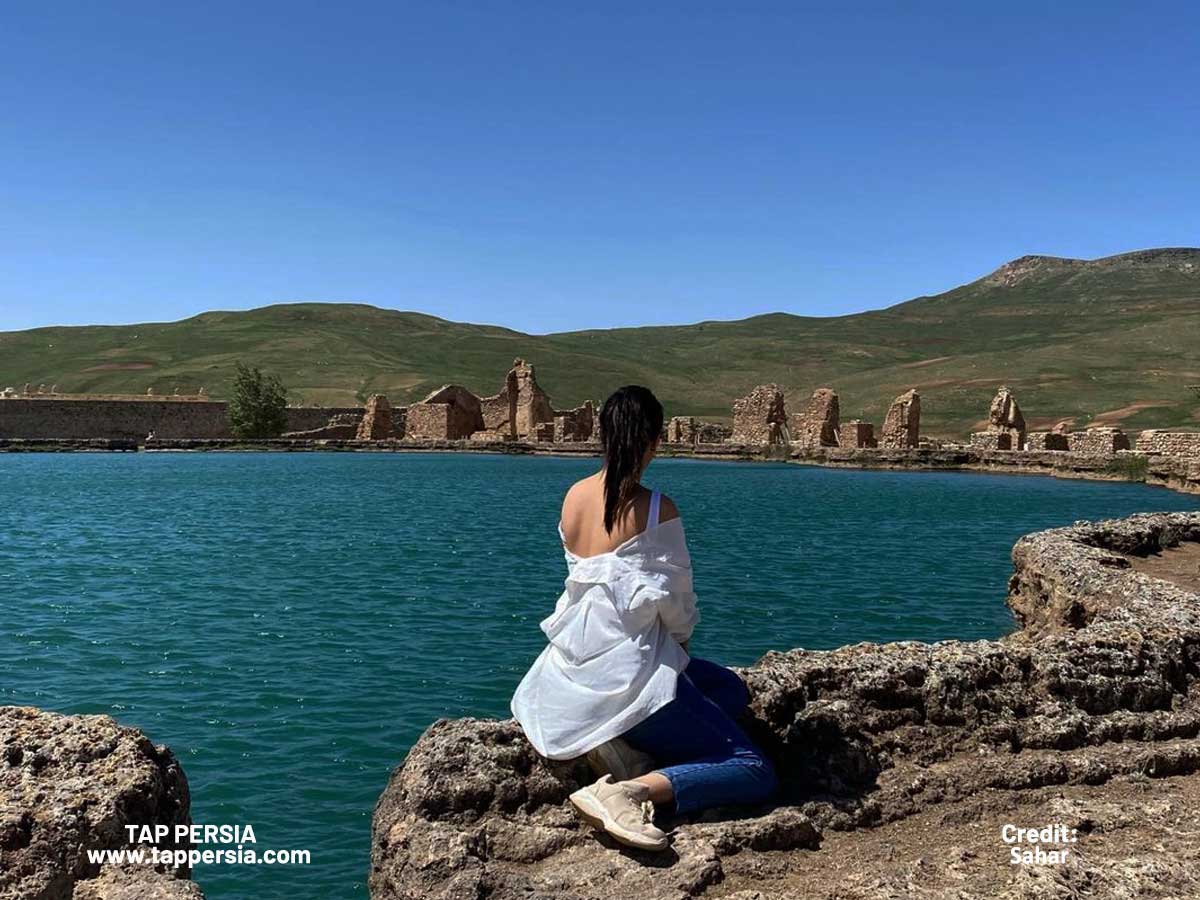
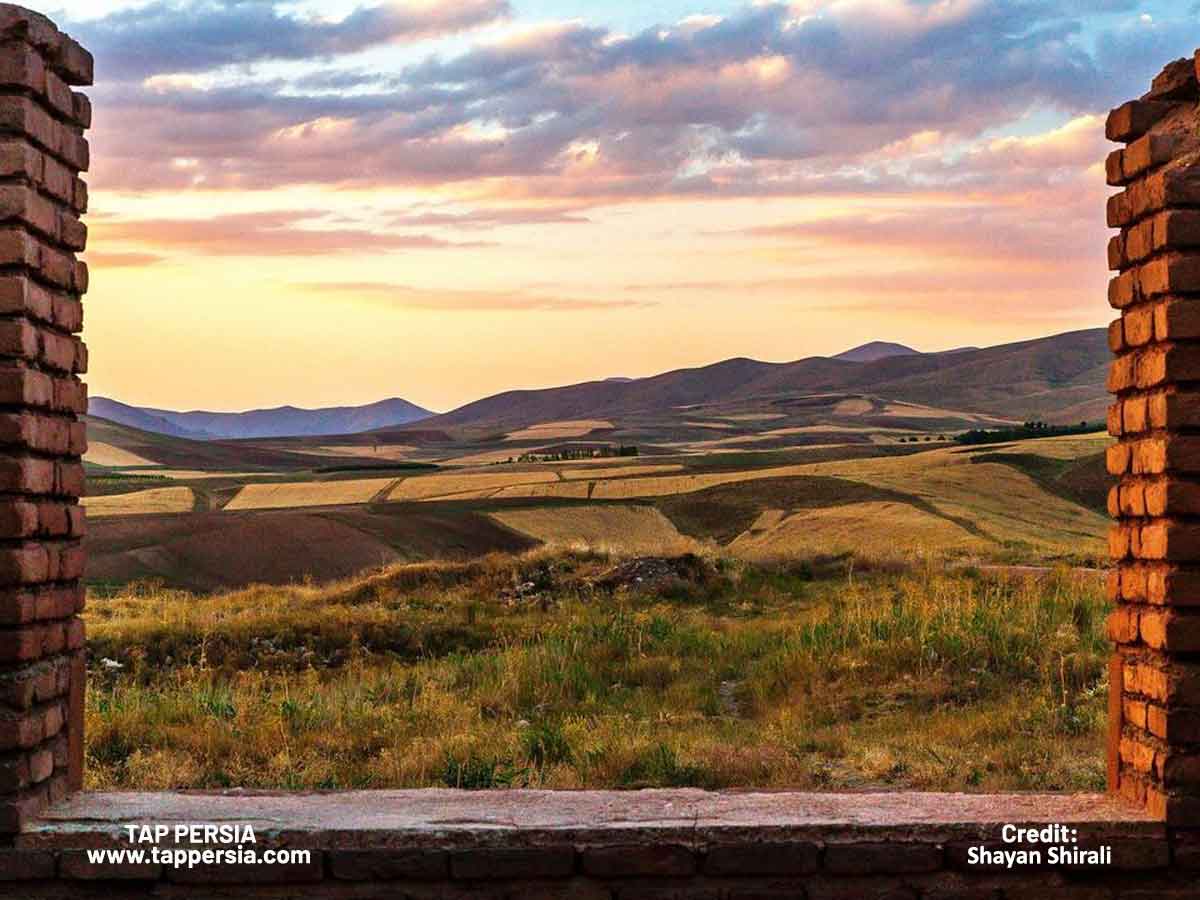
- Delve into the rich religious and historical significance of the site, once a revered center of worship for Zoroastrians and later influenced the course of Islamic architecture.
- Wander through the architectural ruins that bear witness to the passage of time, while being embraced by the serene and picturesque natural surroundings.
Tabriz Historic Bazaar Complex
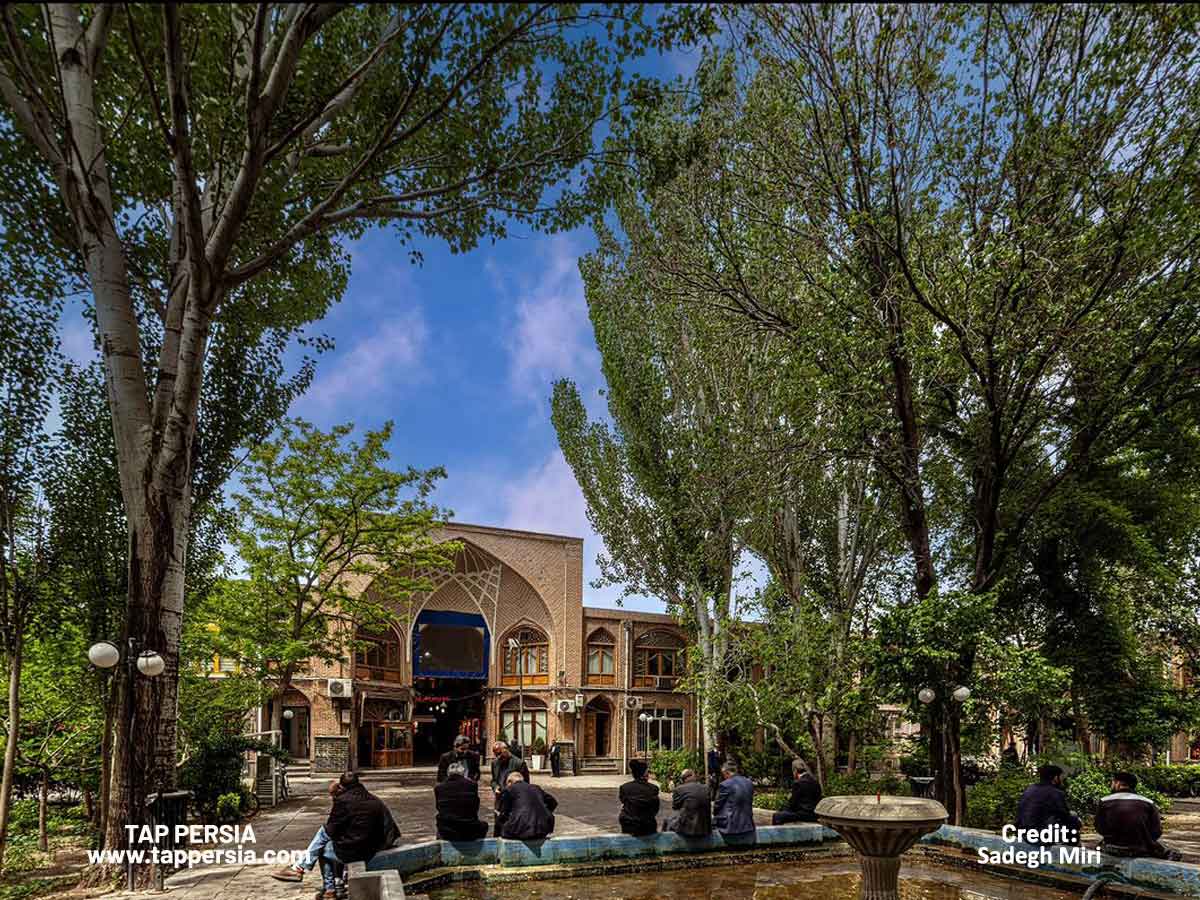
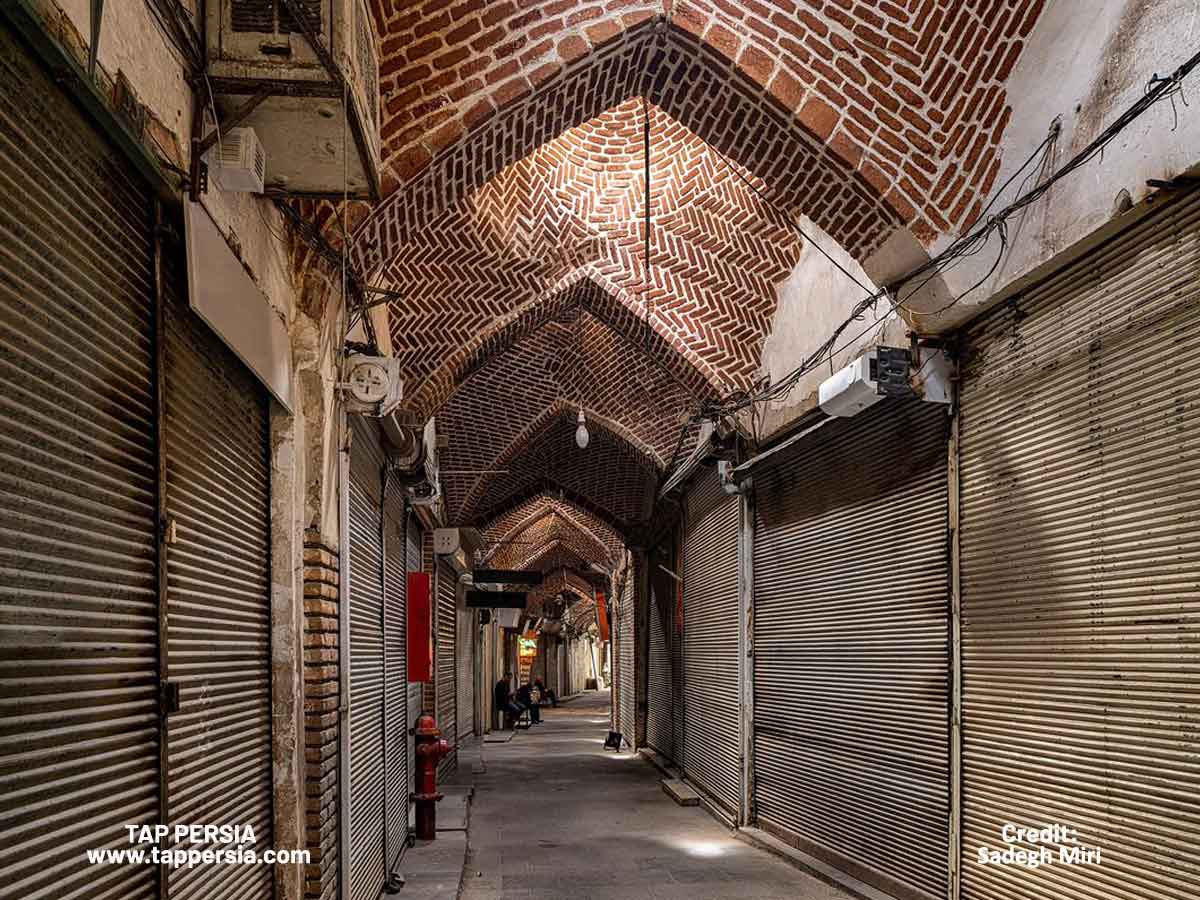
Our journey takes us to the bustling Tabriz Historic Bazaar Complex, one of the Middle East’s oldest bazaars and a UNESCO World Heritage Site in Iran.
- Immerse yourself in the vibrant atmosphere of a market that has stood the test of time, serving as a hub for trade and business for generations.
- Explore the hidden gems within the market’s intricate courtyards and winding alleyways, where surprises await at every turn.
- Discover a treasure trove of stores offering a diverse range of goods, from traditional crafts to modern merchandise, showcasing the economic significance of the region.
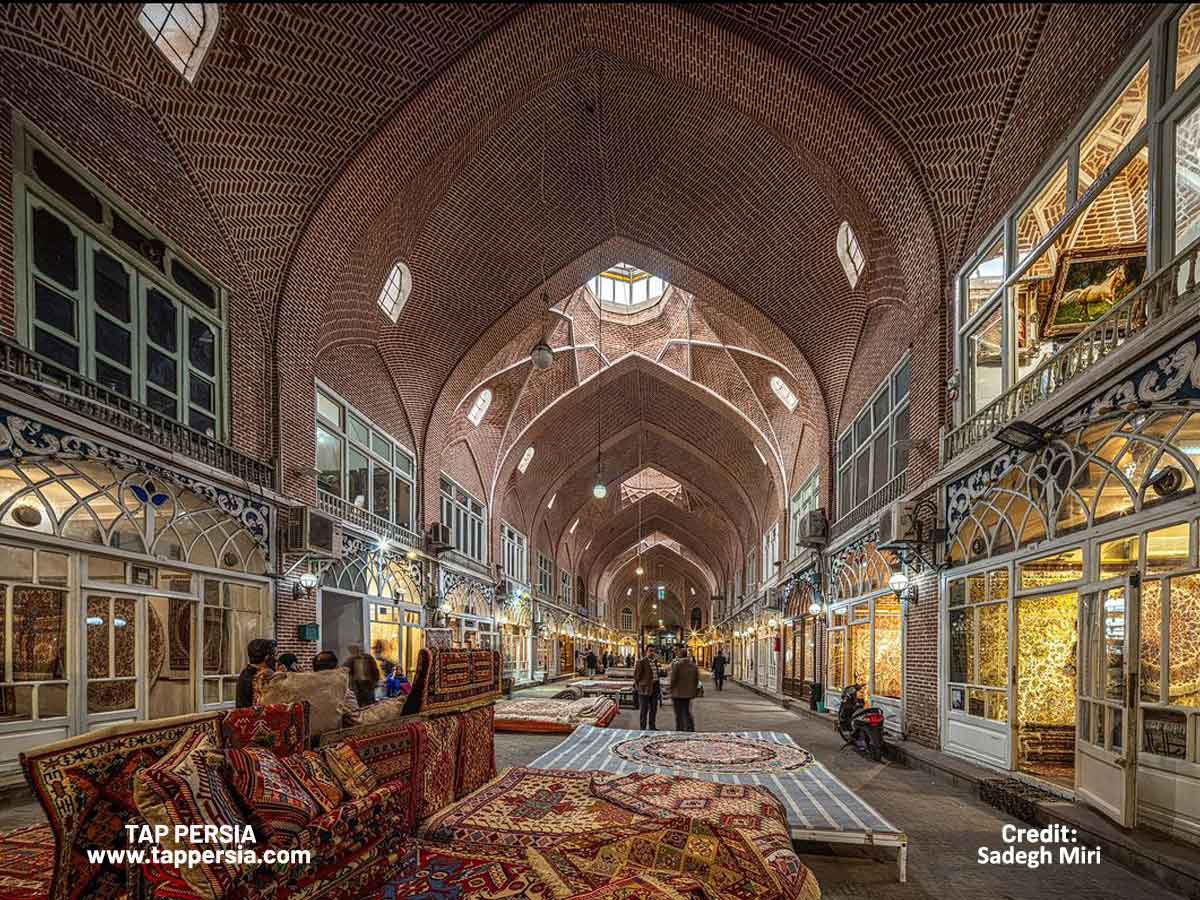
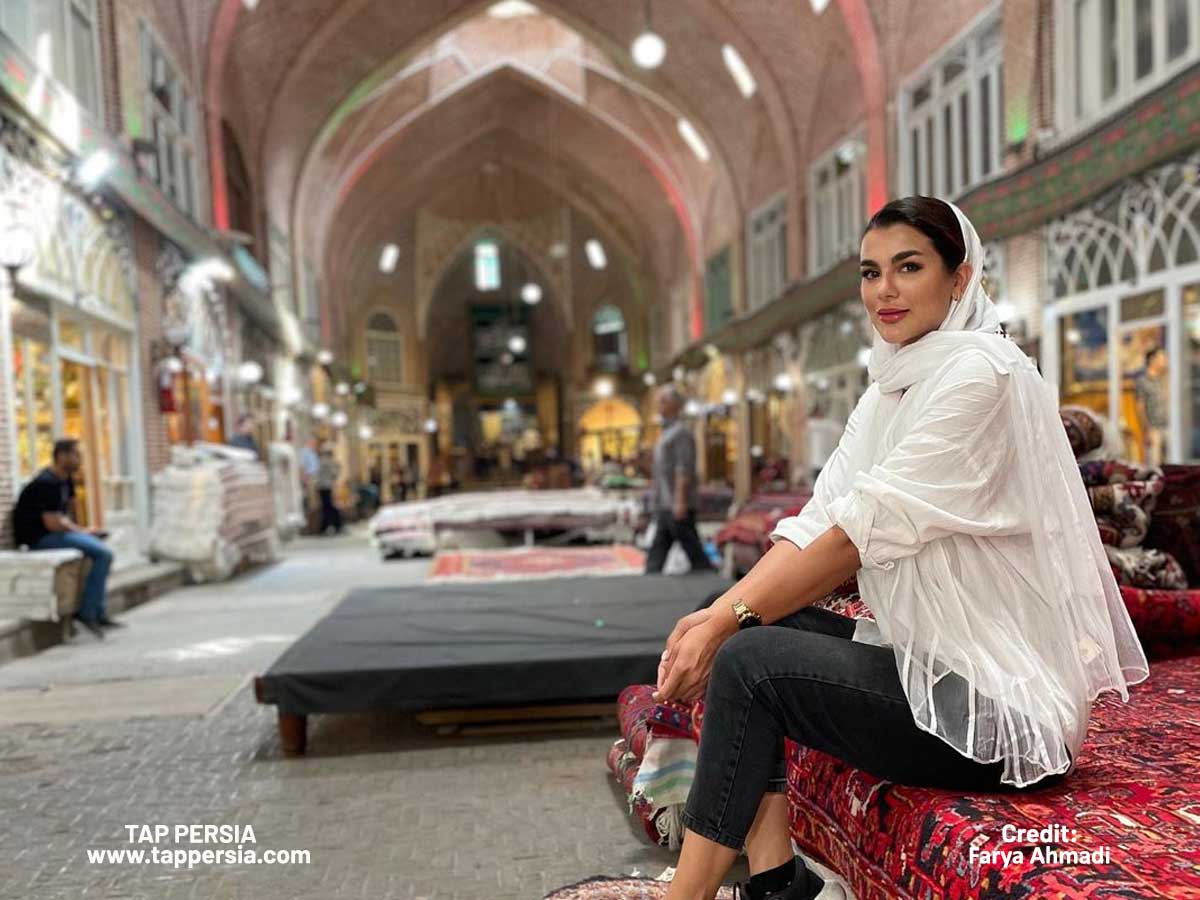
- Step into Tabriz’s ancient economic life and witness the cultural richness that has shaped the market’s identity over the years.
- Prepare to be captivated by the sights, sounds, and scents as you delve into the heart of this lively marketplace.
Shushtar Historical Hydraulic System
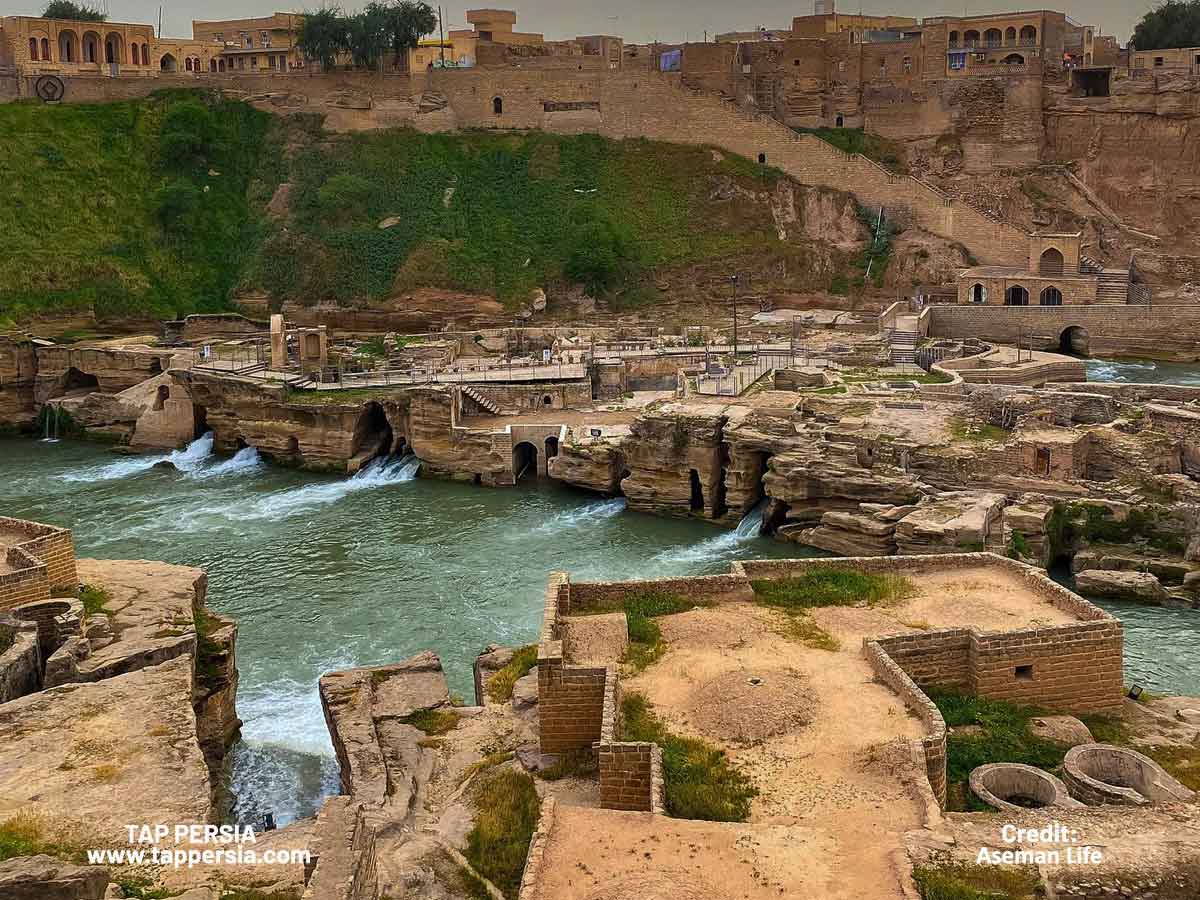
The Shushtar Historical Hydraulic System, a wonderful UNESCO World Heritage Site that displays historic water management practices, is our last visit.
- Embark on a captivating journey through time as you discover an intricate hydraulic system that showcases the ingenuity of Iranian engineers from the 5th century.
- Uncover a marvel of engineering comprising canals, tunnels, dams, and watermills, a testament to the remarkable skills of the era.
- Explore this fascinating place where creativity meets functionality, as the system’s creative design unfolds before your eyes.
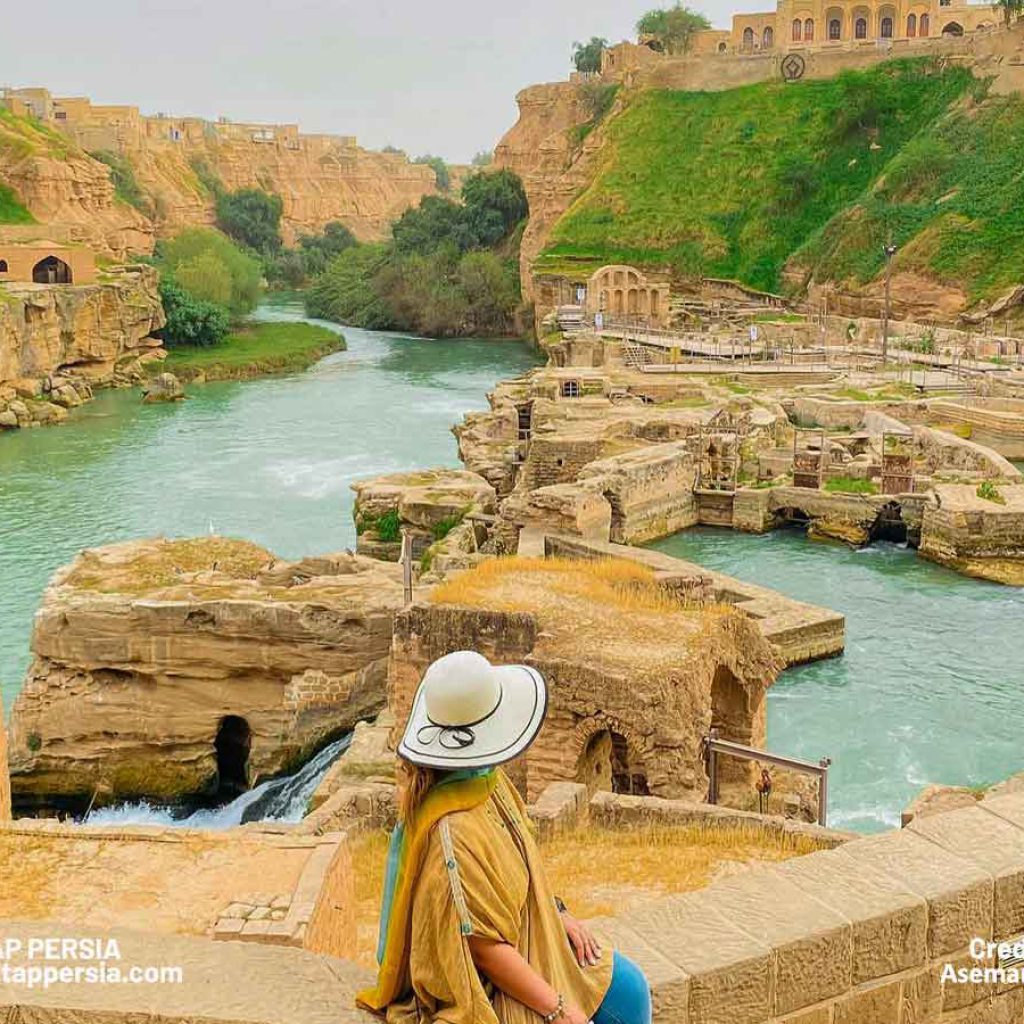
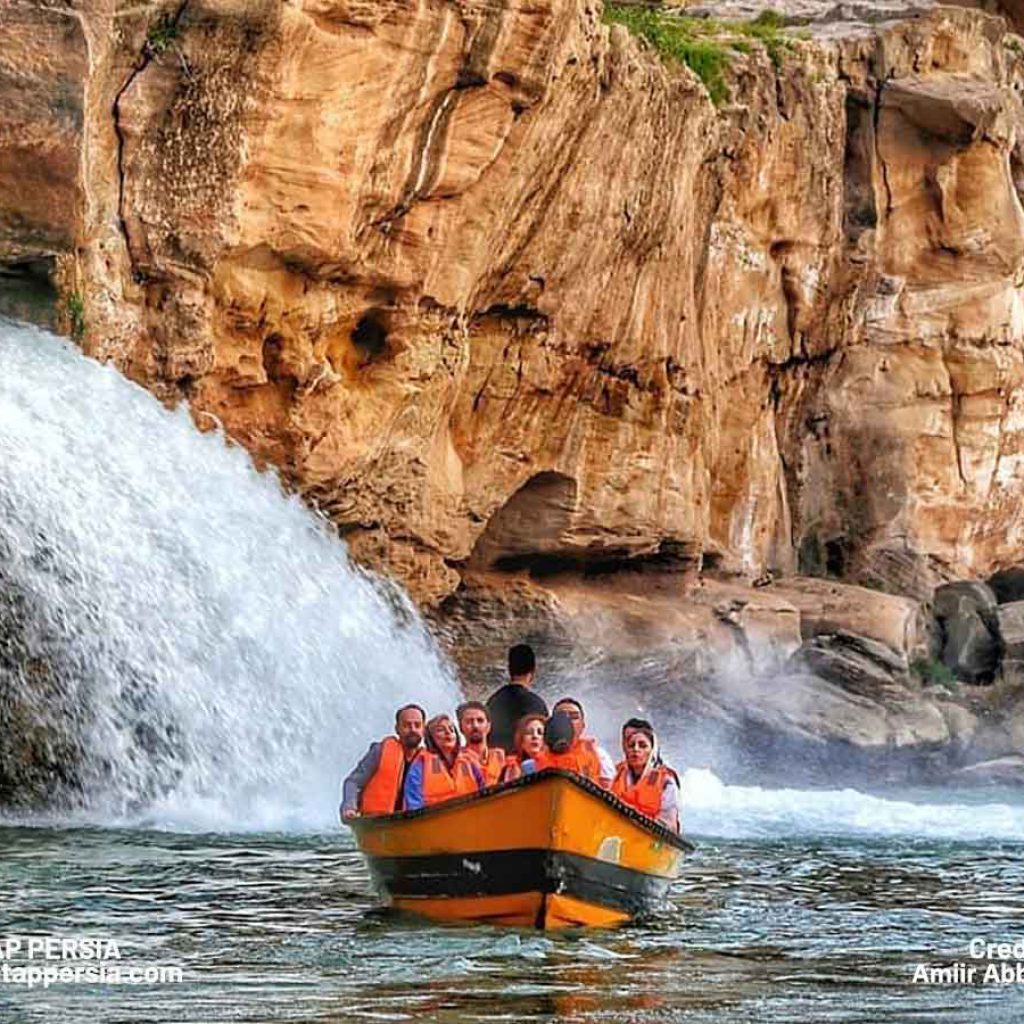
- Marvel at the profound impact of this hydraulic system on the urban and agricultural growth of the region, a testament to the symbiotic relationship between human ingenuity and nature.
- Immerse yourself in the wonders of this ancient water management system, as you witness how it shaped the landscape and facilitated the flourishing of civilization.
Conclusion
Iran’s World Heritage Sites provide an enthralling visual tour of the nation’s extensive history, architectural marvels, and scenic beauty. From the imposing Persepolis ruins to the energetic bazaars of Tabriz, each location offers a distinctive window into Iran’s cultural heritage. These locations serve as a reminder of the accomplishments and ongoing influence of the nation’s ancient civilizations. Our grasp of Iran’s rich and interesting history is deepened as a result of visiting its UNESCO World Heritage Sites, which are not only a visual treat but also take us on a trip through time.




Comment (0)